Featured articles
All articles
Learn how Convex Components simplify building ChatGPT-style streaming chat by eliminating WebSocket complexity through plug-and-play, reusable backend modules and React hooks.Read full article →
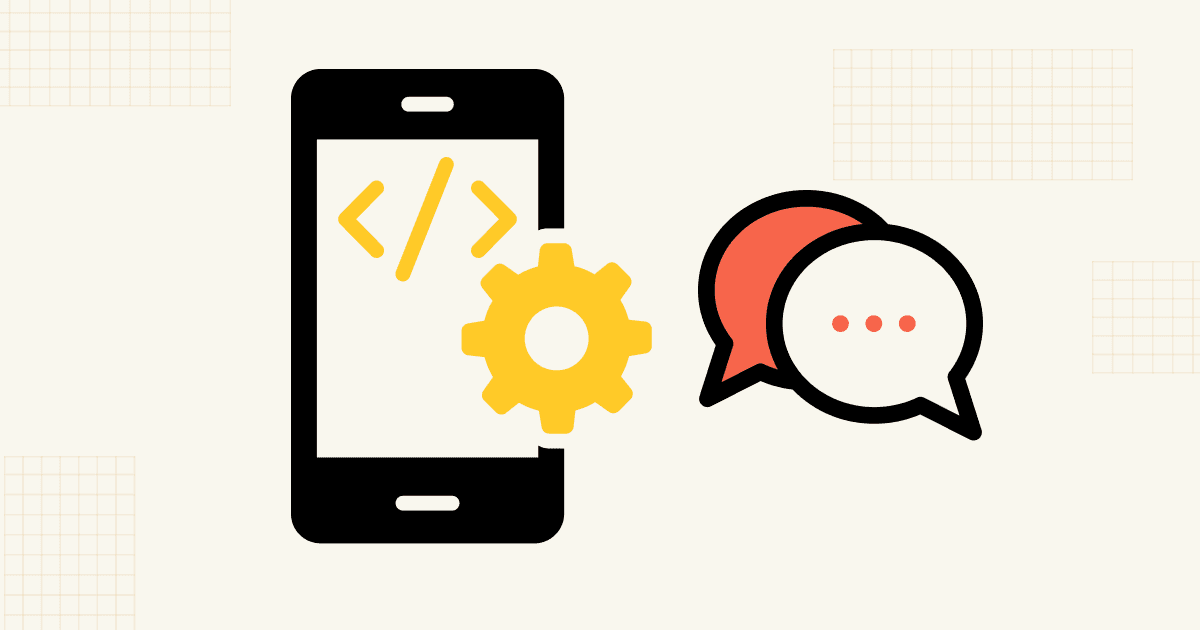
How to think about and implement authorization in your app. Think through each layers: clients, middleware, RBAC, RLS, and more. All with the power of code and abstractions.
Over the past few months, we have built and grown Chef into the only AI app builder that knows backend. But, this process didn’t start with Chef. It started with building the Convex, the database that Chef is built on top of.
Integrate Resend into your Convex apps and participate in our Convex X Resend hackathon.
Learn how a developer used Convex Chef to vibe code a completely functional, full-stack AI video generation platform called Cinemartie. The project cost around $150 and took just hours to build, delivering 4x the efficiency compared to traditional manual development.
Featured videos
All videos
Chef
All Chef posts
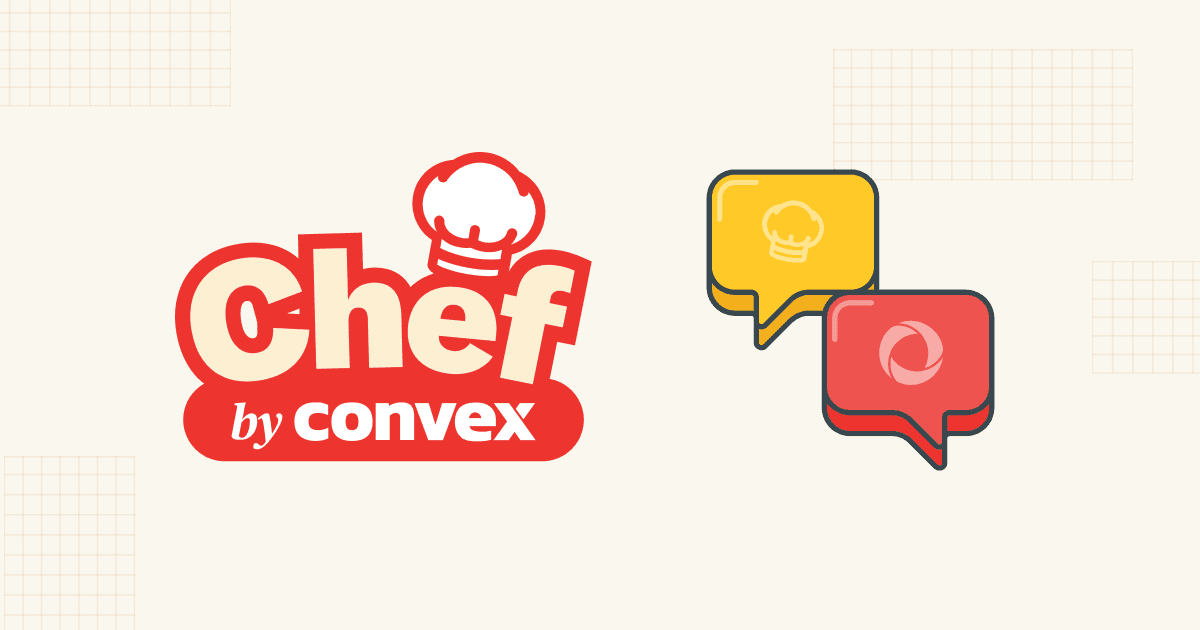
Over the past few months, we have built and grown Chef into the only AI app builder that knows backend. But, this process didn’t start with Chef. It started with building the Convex, the database that Chef is built on top of.

Jordan Hunt
4 months ago
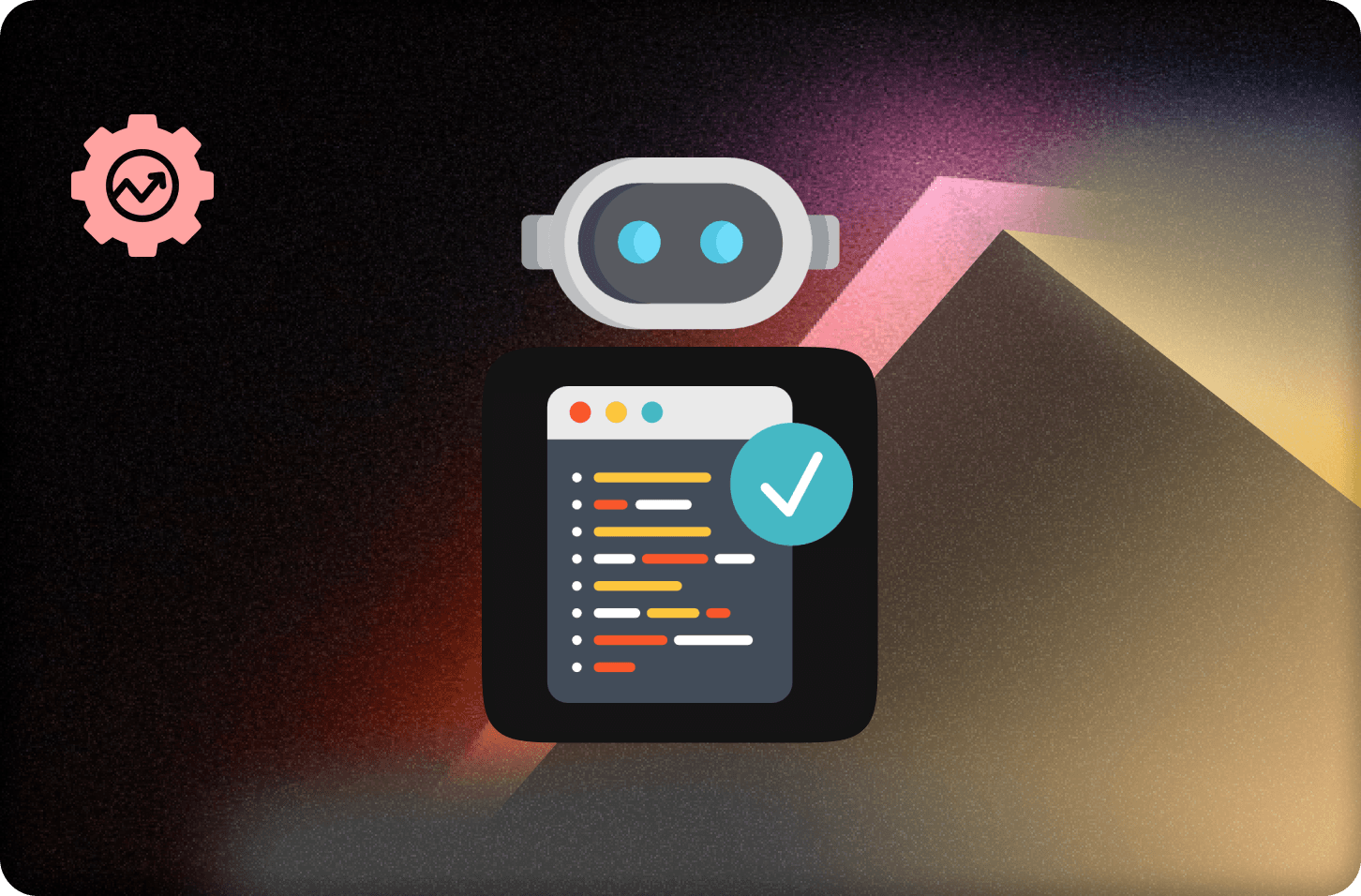
Using tools like Lovable, Bolt, and Chef to start your product journey is straightforward. Moving them to production is less straightforward. I discuss the six things I wish I knew before moving my vibe-coded app to prod.

Abhi Vaidyanatha
5 months ago

Learn how a developer used Convex Chef to vibe code a completely functional, full-stack AI video generation platform called Cinemartie. The project cost around $150 and took just hours to build, delivering 4x the efficiency compared to traditional manual development.

Hyo Jang
5 months ago
Learn how to write better apps using AI app builders like Chef by Convex with these five expert tips from Jordan Hunt, prompt engineer at Convex. This guide covers how to build simple MVPs, keep prompts under 300 words, provide clear UI and design instructions, use AI tools like ChatGPT to refine your prompts, and recover quickly when things go off track. Includes real app examples like a habit tracker, to-do list, and finance tracker—all built with Chef. Perfect for developers building full-stack apps with AI.

Jordan Hunt
7 months ago
Convex compared Claude 3.5 Sonnet, GPT-4.1, and Gemini 2.5 Pro to see which LLM works best for building full-stack apps with Convex Chef, the new AI Agent app developer tool. Claude stood out for its precise backend coding and function calling, while Gemini made impressive UIs, and GPT offered solid speed and value.

Jordan Hunt
7 months ago
Patterns
All Patterns posts

How to think about and implement authorization in your app. Think through each layers: clients, middleware, RBAC, RLS, and more. All with the power of code and abstractions.

Ian Macartney
4 months ago
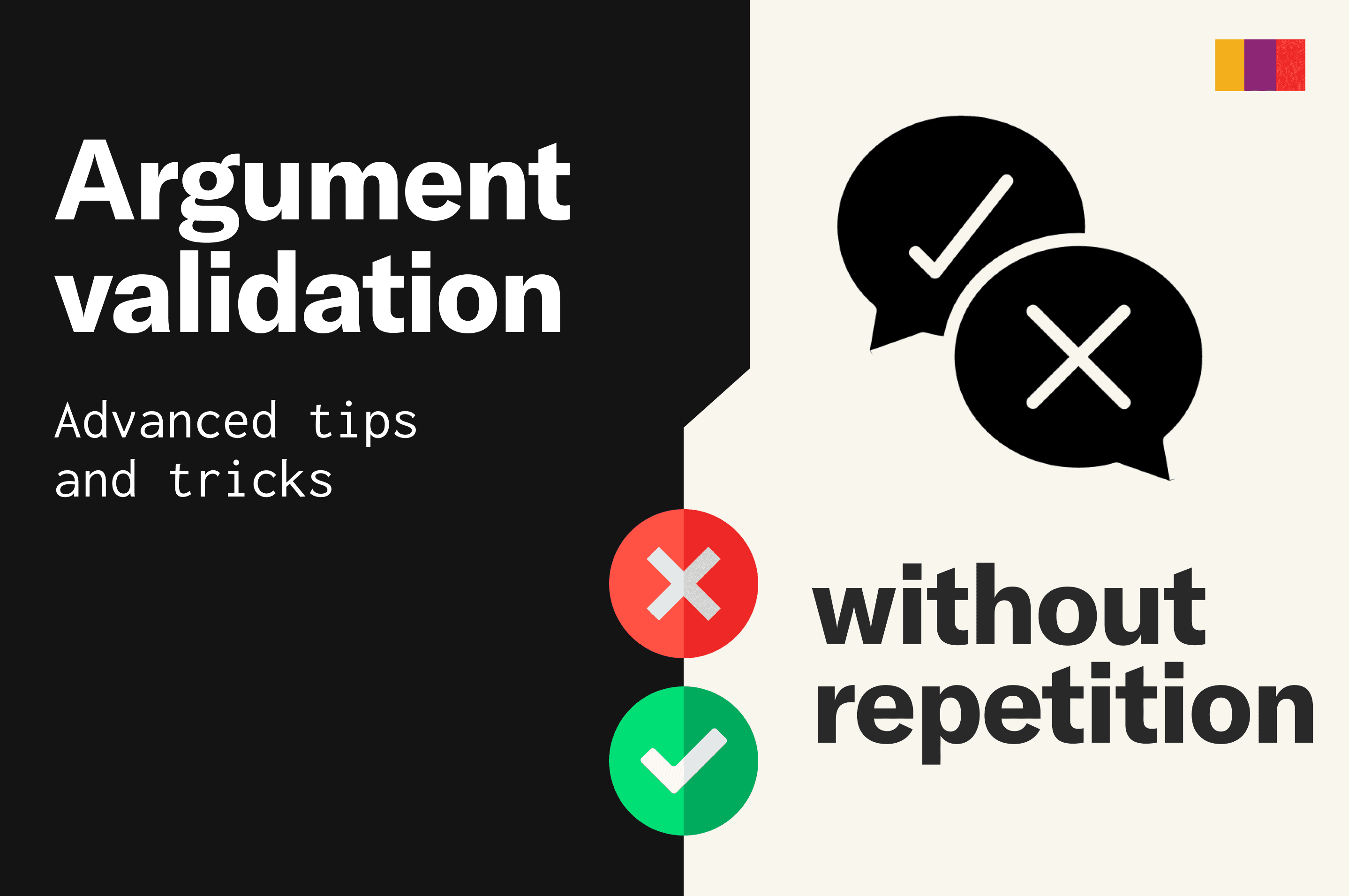
A few more advanced techniques & helpers to further reduce duplication and accelerate your Convex workflow.

Anjana Vakil
7 months ago
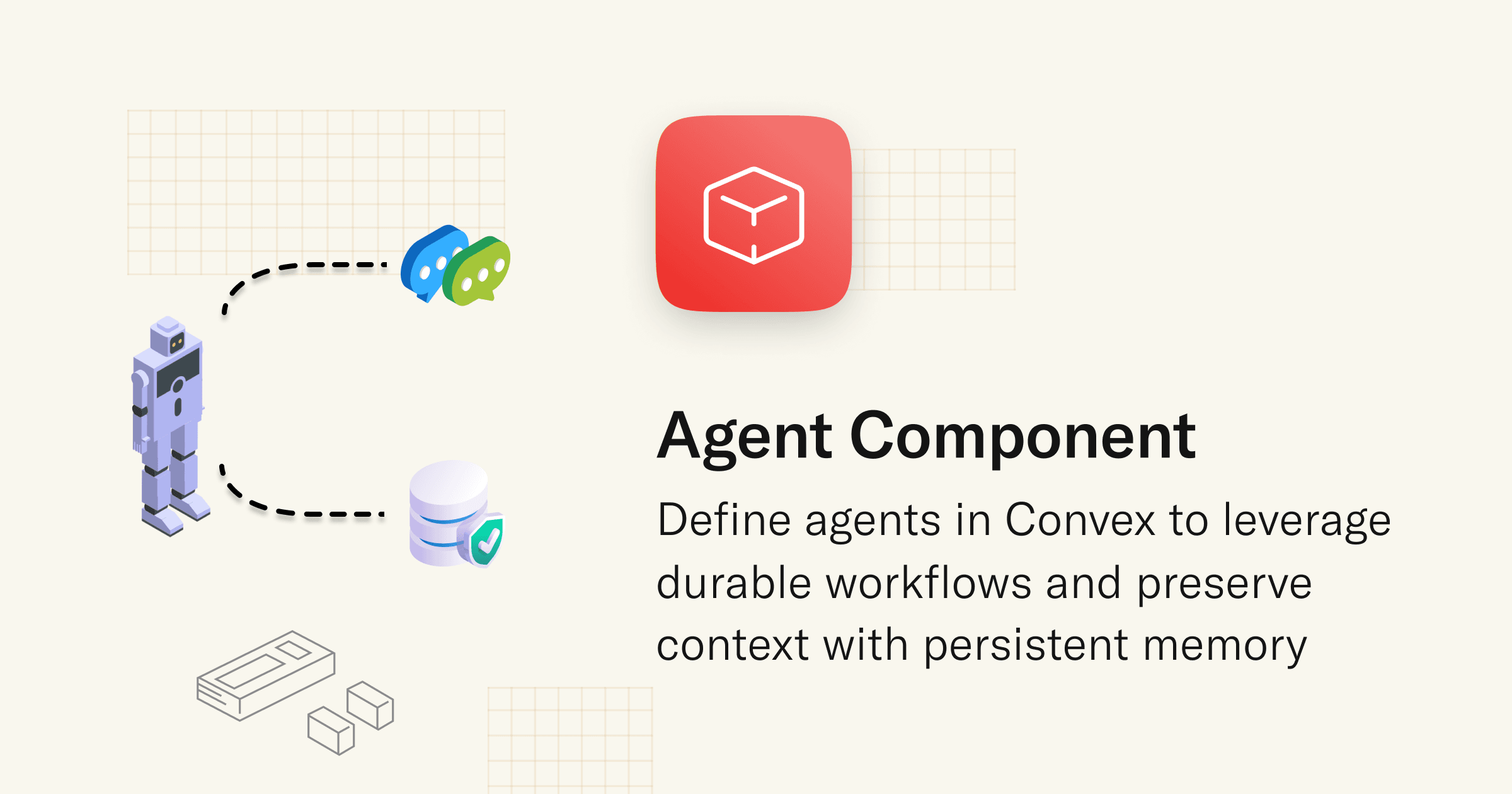
With this new backend component, augment Agents to automatically save and search message history per-thread, providing realtime results across multiple tabs and users. Use it with the Workflow component to run reliably with retries and durability across server restarts.

Ian Macartney
8 months ago
New convex-helpers are available now for fetching streams of documents, merging them together, filtering them them out, and paginating the results. With these helpers, you can replicate patterns you may know from SQL: UNION ALL, JOIN, DISTINCT, GROUP BY, and WHERE clauses where index fields are skipped.

Lee Danilek
9 months ago
Here’s a cheatsheet with examples of conversions between SQL queries and Convex queries. This article is geared towards developers (and LLMs) who have familiarity with SQL and want to translate those familiar patterns into Convex queries. You'll learn how to `UNION`, `JOIN`, `DISTINCT`, do `WHERE` clauses, and `SELECT` fields.

Lee Danilek
9 months ago
It can be tough to wrangle types to behave how you want them to. Thankfully, Convex was designed to make the experience with types perfect. Learn why that's the case here.

Anjana Vakil
10 months ago
Explore techniques to improve transaction throughput and concurrency in ACID databases by reducing conflicts and optimizing database reads. This guide covers patterns like Queue, Hot and Cold Tables, and Predicate Locking with clear examples using Convex, providing developers with tools to handle high-throughput workflows effectively.

Lee Danilek
a year ago
You can write a Convex query whose structure -- which index/order/filters to apply, if any -- depends on runtime factors. This article gives a recipe for building queries dynamically.

Lee Danilek
a year ago
Convex's migrations component makes it easy and safe to run complex database migrations without causing any interruption to live traffic.

Jamie Turner
a year ago
Local-First
All Local-First posts
Walkthroughs
All Walkthroughs posts

Learn how Convex Components simplify building ChatGPT-style streaming chat by eliminating WebSocket complexity through plug-and-play, reusable backend modules and React hooks.

Hyo Jang
4 months ago
The video walks through an experiment in “de-lock-in-ifying” a small Convex app: starting with the basic TanStack Start template, the author recreates Convex queries, mutations and actions as TanStack Start server functions; swaps Convex’s reactive data layer for React Query (with manual cache invalidation); and replaces Convex’s built-in cloud database with a self-hosted Postgres instance accessed via Drizzle ORM—eventually wrapping Drizzle in a Convex-style API so most original code can be copy-pasted. They also bolt on transactions, discuss substitutes for other Convex features (file storage, realtime, auth, scheduling, search, etc.), and note that exporting Convex data is straightforward. The upshot: you can migrate off Convex without huge code changes, but you trade Convex’s “batteries-included” simplicity for extra infrastructure to manage—so the easiest escape hatch is still running Convex in self-hosted mode.

Mike Cann
4 months ago

This guide will help you migrate data to Convex from Postgres on any provider (Supabase, Neon, RDS, etc).


Nipunn Koorapati & Ian Macartney
5 months ago

14:50
Building an AI chat app? Convex’s Persistent Text Streaming keeps conversations flowing—even across page reloads or tab switches—by storing and syncing chat data in real time. This video shows how to stream responses live, reduce bandwidth waste, and boost performance using Convex’s serverless backend. Say goodbye to broken chat experiences and hello to seamless, reliable interactions.

Mike Cann
7 months ago

Building a language learning app meant I needed a backend that could handle realtime sync, multilingual support, and type-safe code. I didn’t start with Convex—I evaluated Firebase, PlanetScale, Supabase, Neon, and others first. Each had tradeoffs: Firebase felt disjointed and buggy; PlanetScale lacked international support; Supabase leaned too hard into SQL; and Neon made realtime too complicated.
What made Convex different was how little backend glue I needed to write. Realtime sync just worked. TypeScript felt native. My frontend felt alive without hacks. It felt like hiring a backend team on day one. A year later, I’m still shipping fast—and glad I made the switch.
This post breaks down what I found, what failed, and why Convex ended up being the best database for a modern TypeScript app like LanguageHopper.

Matt Luo
7 months ago

22:19
Choosing a backend? This video breaks down Firebase vs Convex with a clear developer lens. Whether you’re building your first app or optimizing for AI workflows, you’ll get a side-by-side view of how these two platforms really stack up.
You’ll see how Firebase’s flexible NoSQL setup compares to Convex’s structured, type-safe model—and why that matters for scaling, security, and speed. From real-time syncing and server-side queries to access control, authentication, and vendor lock-in, this video covers it all.
Ideal for developers who want a modern, AI-ready backend without sacrificing performance or control.

Mike Cann
7 months ago

17:38
Looking for a backend that feels built for how modern developers actually code? Convex is quickly becoming a go-to choice in 2025 for full-stack devs shipping real-time, collaborative apps without the backend overhead.
This video breaks down what Convex is and how it works—from schema design to reactivity. You’ll see how Convex blends TypeScript safety, live queries, serverless functions, and a schema-flexible database into one cohesive developer experience.
Whether you’re building a multiplayer game, a live doc editor, or a chat app, this walkthrough helps you figure out if Convex is the right fit—and how it stacks up to Firebase, Supabase, or Lambda-based setups.

Mike Cann
7 months ago

Learn how to integrate Bluefox—a modern developer-first email API built on AWS SES—with Convex, the reactive backend database. This guide covers everything from sending transactional and triggered emails to setting up real-time webhooks and preparing for production. You’ll walk away knowing how to configure your environment, build reusable email clients, handle errors safely, and manage multiple deployment environments with best practices for SES authentication, bounce handling, and email tracking.

Jamal Lyons
8 months ago
Perspectives
All Perspectives posts
Over the past few months, we have built and grown Chef into the only AI app builder that knows backend. But, this process didn’t start with Chef. It started with building the Convex, the database that Chef is built on top of.

Learn how to write better apps using AI app builders like Chef by Convex with these five expert tips from Jordan Hunt, prompt engineer at Convex. This guide covers how to build simple MVPs, keep prompts under 300 words, provide clear UI and design instructions, use AI tools like ChatGPT to refine your prompts, and recover quickly when things go off track. Includes real app examples like a habit tracker, to-do list, and finance tracker—all built with Chef. Perfect for developers building full-stack apps with AI.
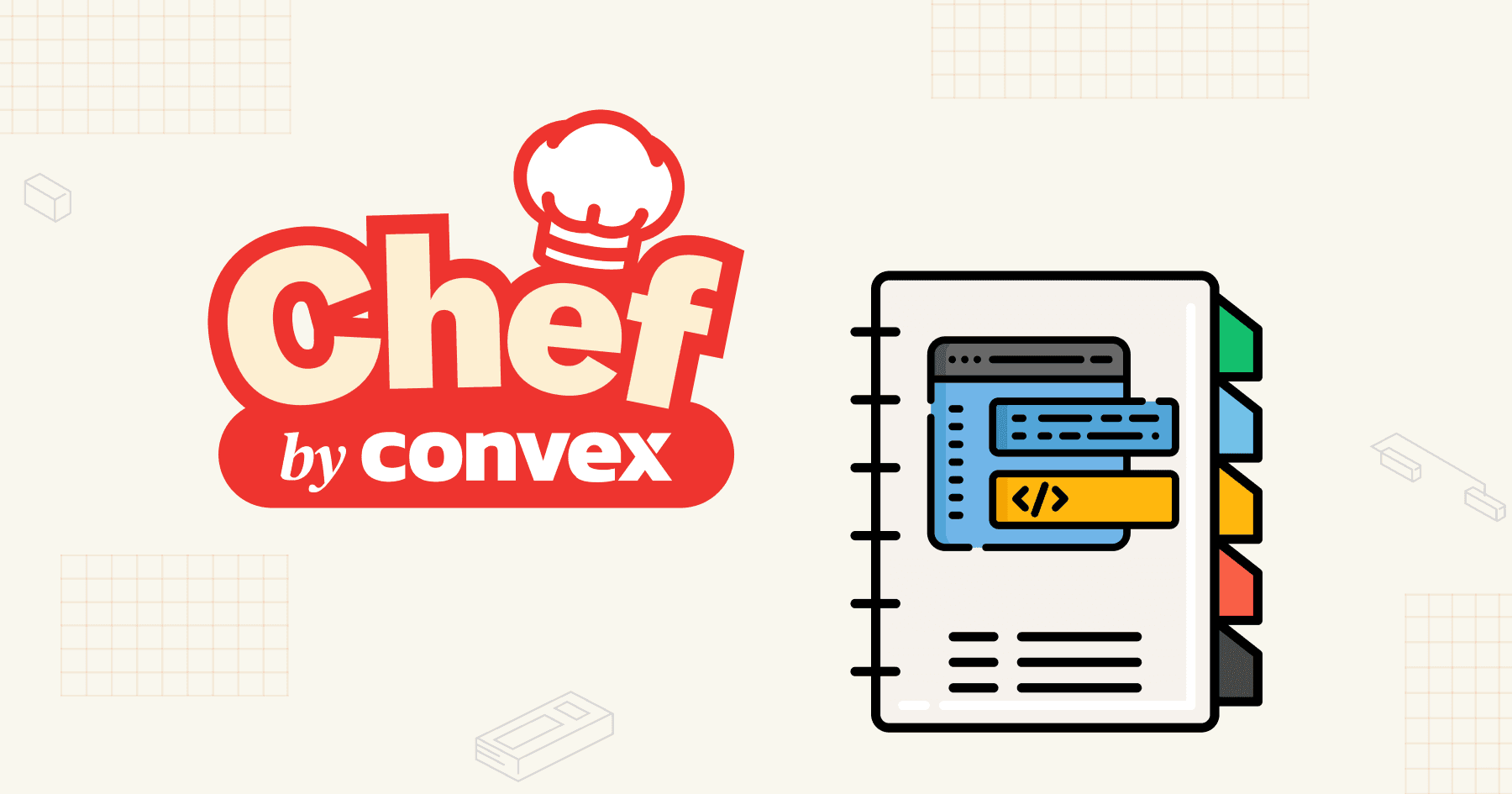
Convex compared Claude 3.5 Sonnet, GPT-4.1, and Gemini 2.5 Pro to see which LLM works best for building full-stack apps with Convex Chef, the new AI Agent app developer tool. Claude stood out for its precise backend coding and function calling, while Gemini made impressive UIs, and GPT offered solid speed and value.
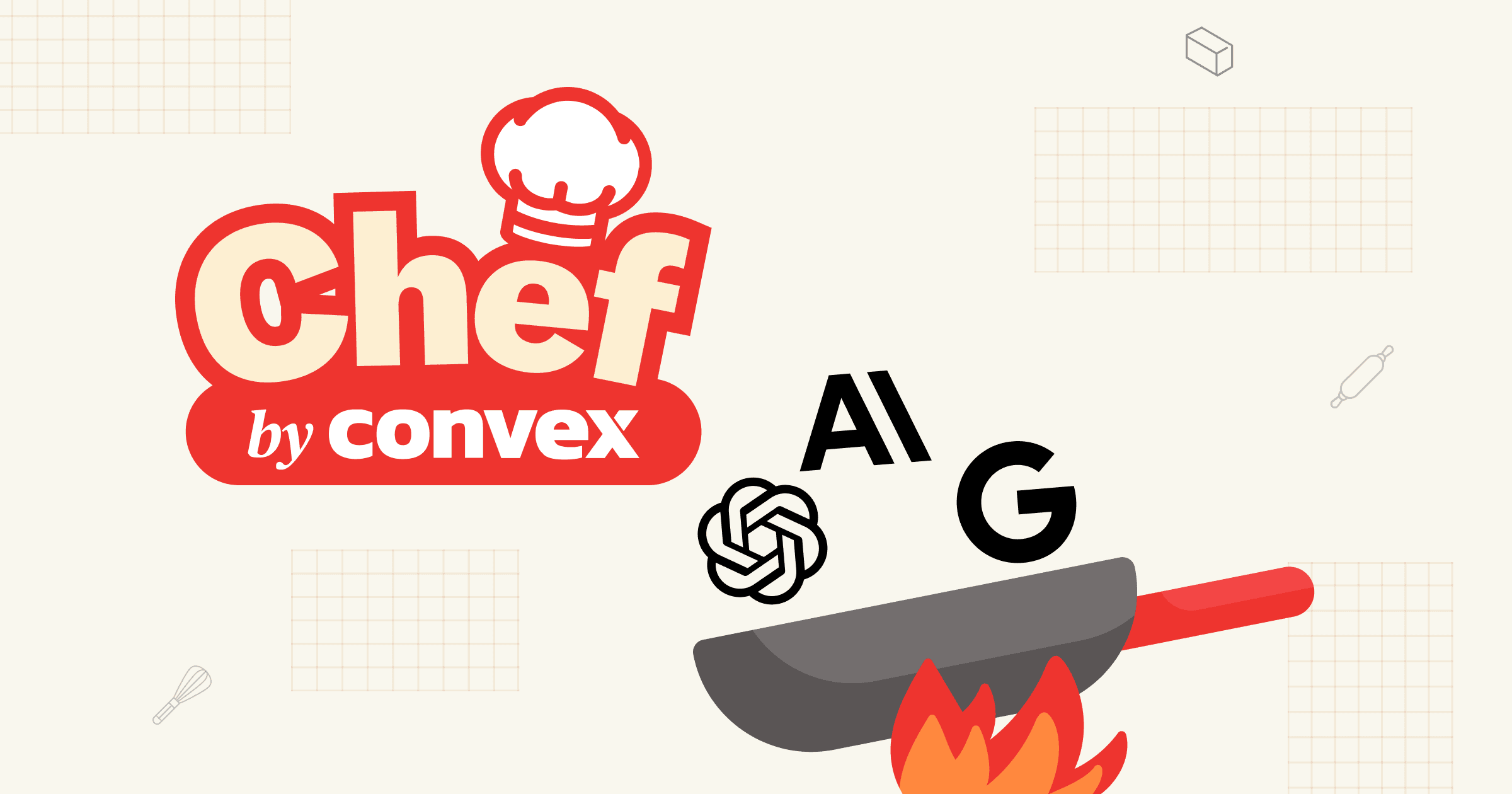

Over the past few months, we have built and grown Chef into the only AI app builder that knows backend. But, this process didn’t start with Chef. It started with building the Convex, the database that Chef is built on top of.

Jordan Hunt
4 months ago
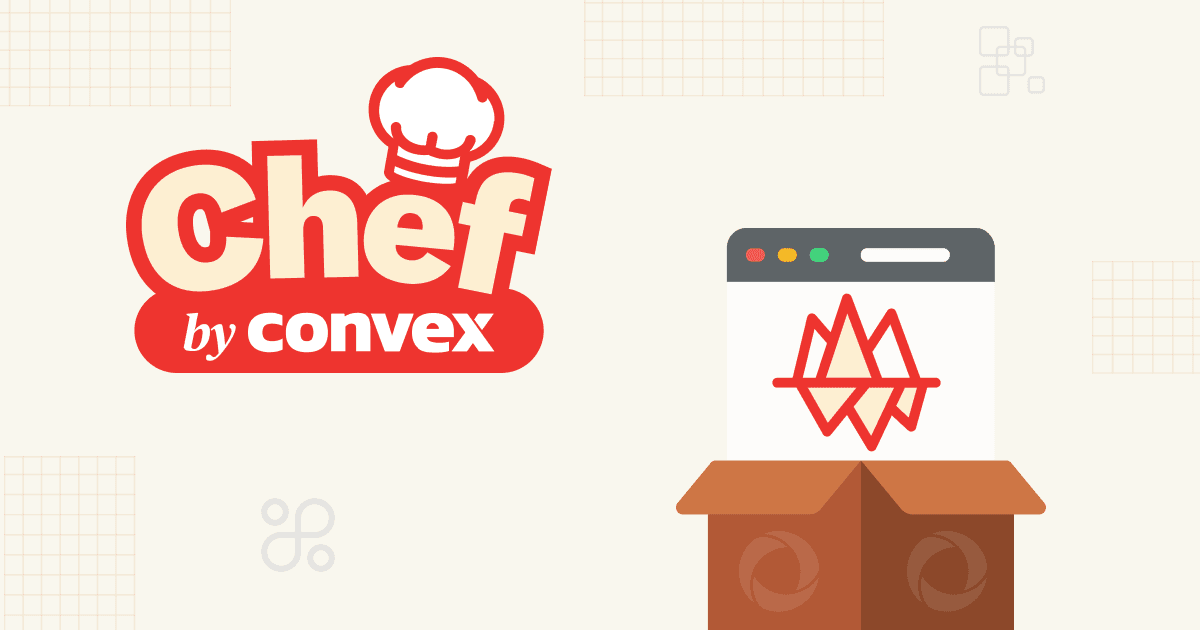
Chef by Convex builds real full-stack apps in one prompt—Notion, Slack, and more.
It works because Convex’s abstractions are simple enough for both humans and AI to use.
Built-in features and plug-and-play components let developers skip boilerplate and ship fast.

Emma Forman Ling
6 months ago

22:21
Claude 4 is here, and developers are putting it to the test. This video skips the benchmarks and dives into real-world builds—like an Instagram clone and a multiplayer Tic-Tac-Toe app—using Claude 4 with Convex and Chef. If you’re deciding between Claude 4 and 3.5 for agentic codegen, backend setup, or Convex-based workflows, this walkthrough shows the good, the bad, and the frustrating.
From schema generation to real-time uploads and env var debugging, you’ll see where Claude 4 outperforms—and where Claude 3.5 still holds its ground. Ideal for devs building modern fullstack apps who want to see Claude in action, not just theory.

Mike Cann
7 months ago
Learn how to write better apps using AI app builders like Chef by Convex with these five expert tips from Jordan Hunt, prompt engineer at Convex. This guide covers how to build simple MVPs, keep prompts under 300 words, provide clear UI and design instructions, use AI tools like ChatGPT to refine your prompts, and recover quickly when things go off track. Includes real app examples like a habit tracker, to-do list, and finance tracker—all built with Chef. Perfect for developers building full-stack apps with AI.

Jordan Hunt
7 months ago
Convex compared Claude 3.5 Sonnet, GPT-4.1, and Gemini 2.5 Pro to see which LLM works best for building full-stack apps with Convex Chef, the new AI Agent app developer tool. Claude stood out for its precise backend coding and function calling, while Gemini made impressive UIs, and GPT offered solid speed and value.

Jordan Hunt
7 months ago
Agents rely on long-lived workflows, but when happens when they fail midway through? Here are the tools you need to manage correctness and reliability: transactions, idempotency, retries, durable functions, journaling, and state machines. The missing abstraction layer for agentic is durable workflows, which bring them all together.

Ian Macartney
8 months ago
With this new backend component, augment Agents to automatically save and search message history per-thread, providing realtime results across multiple tabs and users. Use it with the Workflow component to run reliably with retries and durability across server restarts.

Ian Macartney
8 months ago
I reimplemented Mastra’s agentic workflows with durable functions in Convex, and it was the wrong decision. Look at three common strategies (reimplementation, API wrapping, and “blessed” plugin paths), along with learnings along the way and reflections on what I’d do differently next time. TL;DR: Do less, do it smarter, and prototype faster.

Ian Macartney
8 months ago
AI coding is here: The most productive developers are leveraging AI to speed up their workflows. This ranges from asking models questions about system design to letting AI take the driver's seat with tools like Cursor Composer.

Jordan Hunt
9 months ago






